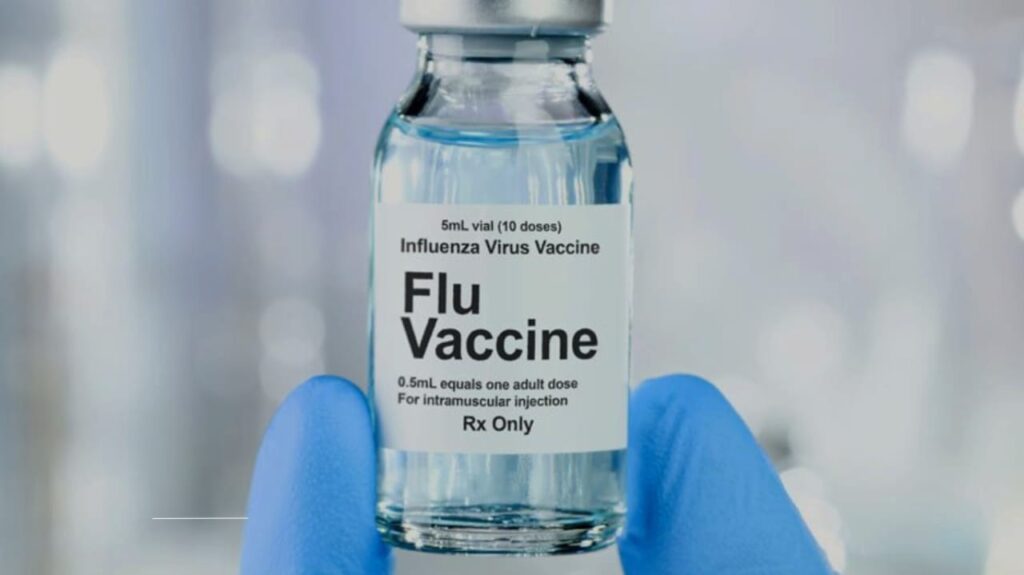
Influenza isn’t just a “bad cold.” Each year, the flu sends hundreds of thousands of people to hospitals and claims tens of thousands of lives in the U.S. alone. According to the CDC, the 2019–2020 flu season saw an estimated 35 million illnesses, 16 million medical visits, and 20,000 deaths. The flu vaccine isn’t perfect, but it’s our best tool to slash these numbers. Let’s unpack the CDC’s recommendations to see who should roll up their sleeves—and why.
The CDC’s Universal Recommendation: Everyone 6 Months and Older
Since 2010, the CDC has advised that everyone aged 6 months and older get a flu vaccine annually, barring rare exceptions. This broad recommendation isn’t just about individual protection—it’s about community immunity. When more people are vaccinated, the virus struggles to spread, shielding those who can’t get the shot (like infants under 6 months or people with severe allergies).
Example: Imagine a classroom where 80% of kids are vaccinated. Even if a flu case slips in, the virus hits a wall of immunity, protecting unvaccinated classmates.
High-Risk Groups: Who Needs Extra Protection?
While the flu can hit anyone hard, certain groups face higher risks of severe complications. The CDC prioritizes these populations:
1. Young Children (6 Months to 4 Years)
- Why? Kids under 5 have developing immune systems, making them vulnerable to pneumonia, dehydration, and hospitalization.
- Stat Insight: During the 2022–2023 season, 40% of flu-related hospitalizations in children occurred in those under 5.
- Vaccine Tip: Two doses may be needed for kids getting their first flu vaccine.
2. Adults 65+
- Why? Immune defenses weaken with age. Seniors account for 50–70% of flu-related hospitalizations and most deaths.
- Special Vaccines: The CDC recommends higher-dose options (Fluzone High-Dose, Fluad Adjuvanted) for this group, which boost immune response.
3. People With Chronic Health Conditions
- Conditions Include: Asthma, diabetes, heart disease, HIV, or cancer.
- Why? The flu can worsen underlying issues. For example, it can trigger asthma attacks or spike blood sugar levels in diabetics.
- Stat Insight: In 2019, 30% of adults hospitalized for flu had heart disease.
4. Pregnant People
- Why? Pregnancy weakens the immune system and stresses the heart and lungs. The flu increases risks of preterm labor and birth defects.
- Bonus Benefit: Antibodies pass to the baby, protecting them for months after birth.
- Expert Quote: Dr. Laura Riley, OB-GYN at Weill Cornell Medicine, states, “The flu shot is safe during any trimester and is a gift of protection for both mother and child.”
5. Healthcare Workers and Caregivers
- Why? They’re on the frontlines of exposure and can unknowingly spread the virus to vulnerable patients.
- Ethical Angle: A 2020 study found that vaccinated healthcare workers reduced elderly patients’ flu risk by 30%.
Special Cases: Allergies, Past Reactions, and More
- Egg Allergies? Most flu vaccines contain tiny egg protein traces, but the CDC now says people with egg allergies can receive any licensed flu vaccine. Severe allergic reactions are rare (1.3 per million doses).
- Guillain-Barré Syndrome (GBS): If you’ve had GBS within 6 weeks of a past flu shot, consult your doctor. The risk of GBS from the flu itself is higher than from the vaccine.
Which Flu Vaccine Should You Choose?
The CDC doesn’t prioritize one vaccine type over another—except for seniors. Here’s a quick guide:
| Vaccine Type | Best For | Key Feature |
| Standard Dose | Most people 6mo–64yo | Traditional formulation |
| High-Dose/Adjuvanted | Adults 65+ | Stronger immune response |
| Cell-Based (Flucelvax) | Egg-allergic individuals | Grown in animal cells, egg-free |
| Recombinant (Flublok) | Severe egg allergies | No live virus, egg-free |
Note: The nasal spray (LAIV) is approved for ages 2–49 but isn’t recommended for pregnant people or immunocompromised groups.
Timing Is Everything: When to Get Vaccinated
- Ideal Window: Late September to October. Immunity peaks after 2 weeks and wanes over 6 months.
- Late to the Party? Getting vaccinated in January or later still helps, as flu can linger into spring.
Myth-Busting: “I Got the Flu From the Vaccine!”
Let’s settle this: The flu vaccine cannot give you the flu. It uses inactivated virus particles or a single protein to train your immune system. Mild side effects (sore arm, low fever) are normal and fade in 1–2 days.
Case Study: A 2022 Johns Hopkins study tracked 5,000 vaccinated adults. Only 2% reported flu-like symptoms, compared to 8% of unvaccinated participants.
Access and Affordability: Where to Get Your Shot
Most insurance plans cover flu vaccines at $0 cost. Uninsured? Check:
- Local health departments (free or low-cost programs)
- Pharmacies like CVS or Walgreens (typically under $50)
- Workplace or school clinics
Pro Tip: Use the CDC’s Vaccine Finder tool to locate nearby providers.
The Bigger Picture: Flu Shots and COVID-19
- Double Up Safely: The CDC confirms it’s safe to get flu and COVID-19 vaccines simultaneously.
- Why It Matters: Co-infection with flu and COVID-19 raises the risk of severe complications by 50%, per a 2021 Lancet study.
